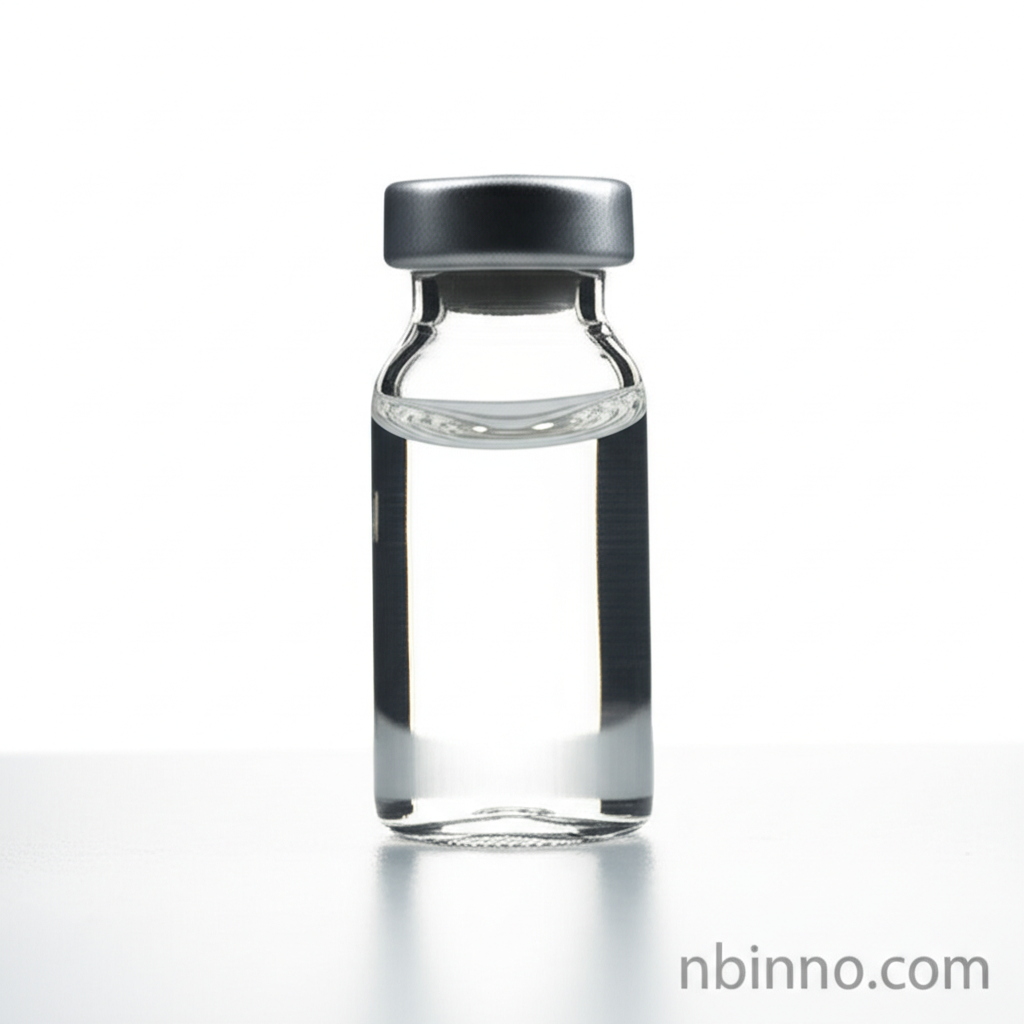2-Methoxypropene: Your Key Organic Synthesis Intermediate
Discover the versatility and essential role of 2-Methoxypropene in modern chemical synthesis and pharmaceutical production.
Get a Quote & SampleProduct Core Value

2-Methoxypropene
2-Methoxypropene is a critical organic intermediate with the CAS number 116-11-0. It is highly valued for its application as a protective agent in organic synthesis, particularly for alcohols. Its unique chemical properties make it indispensable in the production of various pharmaceutical intermediates and fine chemicals, contributing significantly to the development of new drugs and specialized chemical products.
- Leverage the power of 2-methoxypropene uses in organic synthesis to protect sensitive alcohol groups with precision.
- Explore the versatile isopropenyl methyl ether applications in creating complex pharmaceutical intermediates.
- Understand the chemical properties of 2-methoxypropene, including its low flash point and high purity, essential for controlled reactions.
- Benefit from the reliable supply of cas 116-11-0 organic synthesis intermediates from leading manufacturers.
Advantages Provided by the Product
Enhanced Synthesis Control
As a protective agent for alcohols, 2-methoxypropene allows chemists to manipulate intricate molecules with greater accuracy, significantly improving the efficiency of complex organic synthesis.
Pharmaceutical Intermediates Production
Its role in the chemical synthesis of Orlistat highlights its importance in the pharmaceutical sector, aiding in the development of critical therapeutic agents.
Versatile Chemical Building Block
Beyond pharmaceuticals, 2-methoxypropene serves as a building block for heterocycle compounds, crucial for advancements in agrochemicals and other specialty chemical industries.
Key Applications
Organic Synthesis
Employ 2-methoxypropene as a protective agent, enhancing control and selectivity in intricate organic synthesis processes.
Pharmaceutical Intermediates
Crucial for producing active pharmaceutical ingredients (APIs) and their intermediates, supporting drug development and manufacturing.
Agrochemicals
Used in the synthesis of heterocycle compounds, which are vital components in the development of effective agrochemical products.
Fine Chemicals
Its high purity and specific reactivity make it a valuable component in the creation of various specialized fine chemicals for diverse industrial uses.
